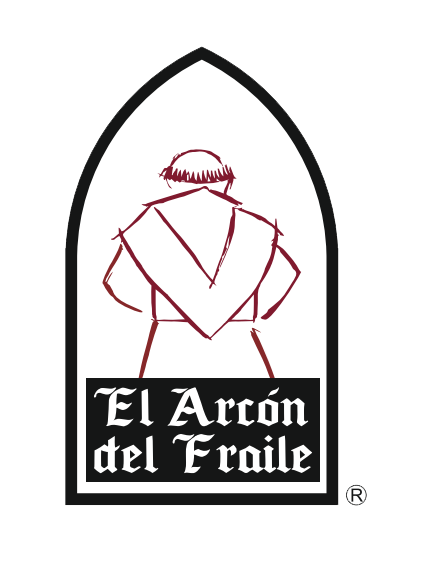The Legend of Iberian Ham.
Legend has it that the creation of this product happened when an Iberian pig fell into a stream that had a high salt concentration and the pig drowned.
Immediately, some shepherds took the pig and roasted it. They discovered that the resulting roast pork had a delicious flavour, above all the ham. Later, the shepherds experimented with the process of conserving the ham in salt, so that it would last longer ,without losing its exquisite taste. From this, the process of producing the best cured hams in the world was formed.
For the Iberian people, the pig, alongside the bull, were sacred animals, and because of this, their products were very much appreciated and integral to social gatherings, being inseparable from the Iberian culture.
Historians have discovered on the reverse of some ancient consular medals, the symbol of the pig, or wild boar, giving them significance in military culture of the Roman legions.
There is also evidence that the Iberian pig was present in ancient celtic and galian societies, which pre-dated the Romans.icos.
◆
The Iberian pig, comes from the breed of “sus scrofa ferus” or boar family from the north west of Europe. It can be found in the Mediterranean basin; Italy, Greece and the Iberian península, They have established themselves in the regions of Andalucia and Levante, where the countryside is rich in natural products and resources.
◆
The quantity of acorns that a pig has consumed determines the quality of the final products, and therefore the animals are fed only acorns and feed naturally found in the pasture of their home environment from the end of October until February/March.. The life of an Iberian pig in this cycle is from 14 to 20 months, and their weight is approximately 160 to 170 kilos.
◆
The curing and salting process takes place in containers which hold eight pieces, and the animal is completely covered in marine salt. This process takes one day for each kilo of weight. After this process, the pieces are immersed and washed in lukewarm water, and brushed to eliminate the salt.
◆
Following this, the piece is put into a chamber at 2 to 6 degrees for 40 to 60 days, so the salt can penétrate all the meat in a uniform manner. The next phase is a drying process, which takes at least 8 to 9 months. The hams are hung in special natural drying areas, where they are sporadically turned and cleaned.
◆
The pieces are then hung in cellars, where they stay for approximately 18 months. During this process, they are turned and cleaned, and subsequently covered with a mixture of natural lard and vegetable oil to protect the meat. This entire curing and drying process takes over 30 months, and produces this superior product with a luxurious taste.

